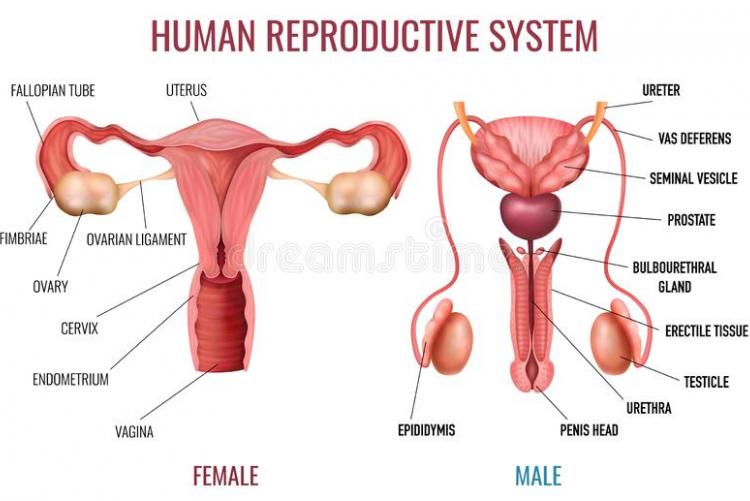Function of the reproductive system Sexual reproduction requires a male and a female of the
same species to copulate and combine their genes in order to produce a new individual who is
genetically different from his parents . sexual reproduction relies on meiosis to shuffle the
genes , so that new combinations of genes occur in each generation , allowing some of the
offspring of survive in the constantly – changing environment . The male reproductive system
produces , sustains , and delivers sperm cells (spermatozoa) to the female reproductive tract .
The female reproductive system produces , sustains , and allows egg cells (oocytes ) to be
fertilized by sperm . it also supports the development of an offspring (gestation) and gives birth
to a new individual (parturition) . Copyright © 2006 Pearson Education, Inc., publishing as
Benjamin Cummings Male Reproductive System Testis : Sex organ that produces sperm in a
process called spermatogenesis , and male sex hormones (testosterone). Developed in a male
fetus near the kidneys , and descend to the scrotum about 2 months before birth. Each testis is
enclosed by a layer of fibrous connective tissue called tunica alumina . Each testis contains
about 250 functional units called lobules ; each lobule contains about 4 seminiferous tubules
where spermatogenesis occurs . All somniferous tubules in a testis converge and form a
channel called rate testis.

